Interview
Interview: Erik Kessels
Unseen Sketchbooks interview Erik Kessels.
You have recently undertaken a book project with Unseen Sketchbooks, where a collection of your images were interpreted by designer Chris Bigg into a form of ‘visual essay’ or collision of images. This was intentionally engineered to remove control, rules etc and you were very generous in your spirit of just allowing to see what happens. This isn’t a normal publishing model. How do you feel about this sort of process in comparison to traditional publishing?
I would see this process more as a collaboration. I this case I’ve send a selection of images, Im collected in my ‘digital’ sketchbook and Chris Bigg worked with these to edit and design the book. I’m always very open to collaborations, because they’ll bring you to a different place and surprise you in a positive way. You have to set things free in your head and loose control to allow the surprises to happen.
You have become known for your collections and indeed your own publishing house. What led you to set that up, what were the drivers to do this as opposed to using an established publishing house?
The publications that appear at www.kesselskramerpublishing.com are mostly with re-appropriation and vernacular photography. These books are niche and vulnerable in its appearance and as of from the first books that was made, it seemed like a good idea to have control over them and keep them as a series of books together. There’s nothing fancy about self-publishing. It’s hard work! But no-one tell you what to do or what to change.
Publishing, to a certain extent has been democratised, in a way we can all do it now, from printing a few books, to RISO Graph editions etc. What are you thoughts on this?
This is true and this is a wonderful thing. There’s one myth though. A lot of people think that if they have self-published a book, and it returns from the printer, their job is done. But this is the moment that it basically everything needs to start. Marketing, promotion, distribution and sales are important, however small or big your publishing adventure is.
The mainstream has a habit of absorbing the niche and normalising it. How do you, as someone often seen to be interested in the niche maintain a point of difference
In the past few years, there has been a shift in this. The more interesting books often appear as self-published books in small limited editions. You feel often the freedom of how they got made. A lot of care for the edit, design and paper. The reaction from the mainstream publishers: their publications started to like small edition self-published books. There will be a constant change and shift in this, following the trends and trying to be authentic.
Shown are images from Erik’s recent self-published book In Almost Every Picture.
www.kesselskramerpublishing.com

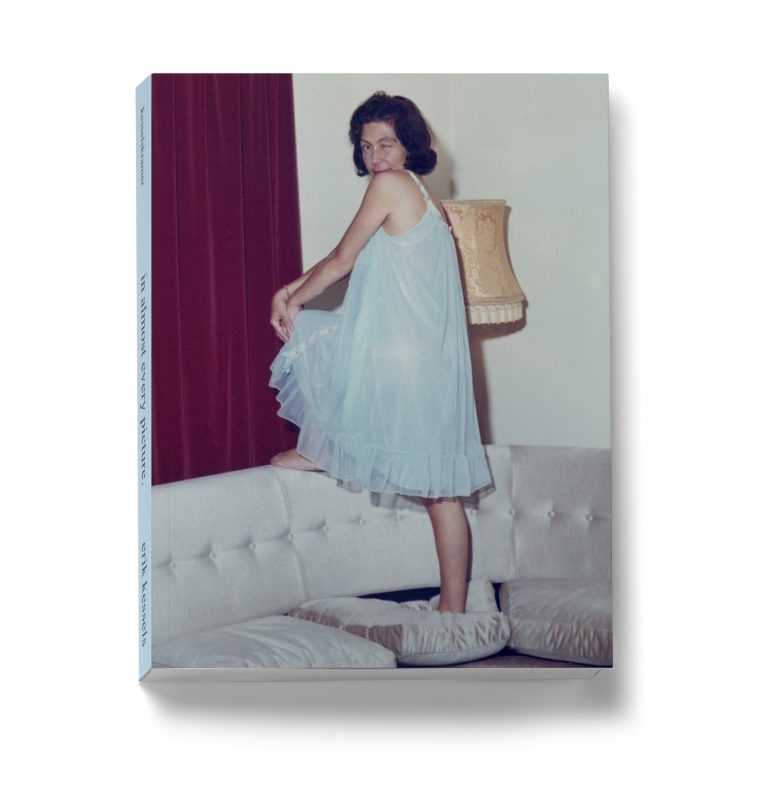
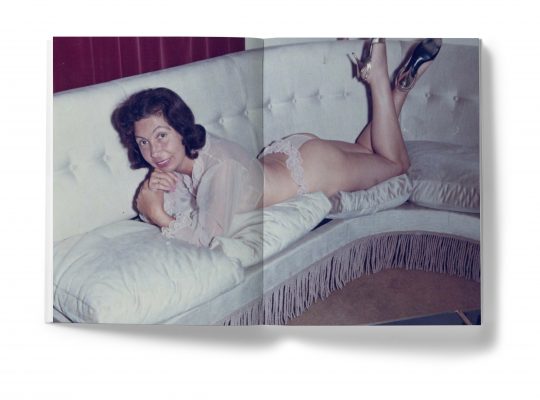
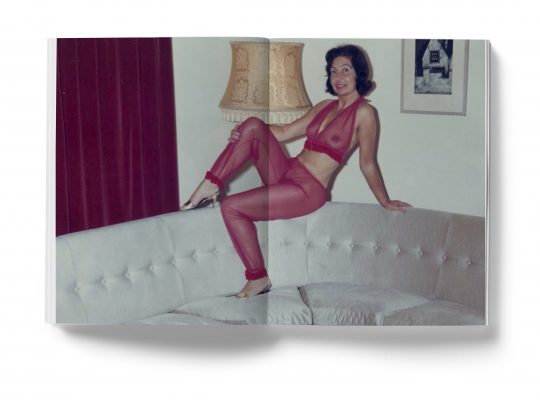
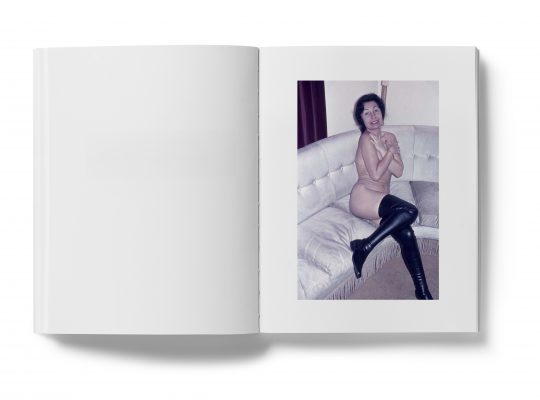
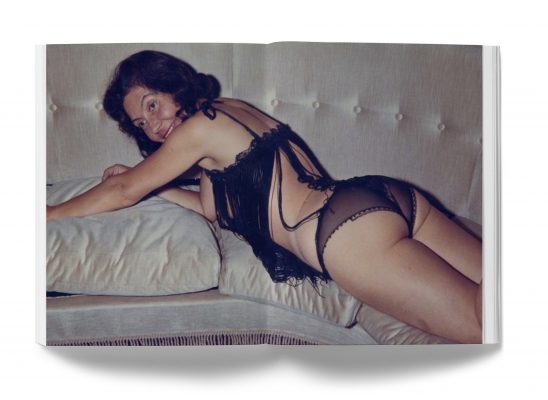
Do you like this artist?
If so, why not write a comment or share it to your social media. Thanks in advance if you can help in this way.